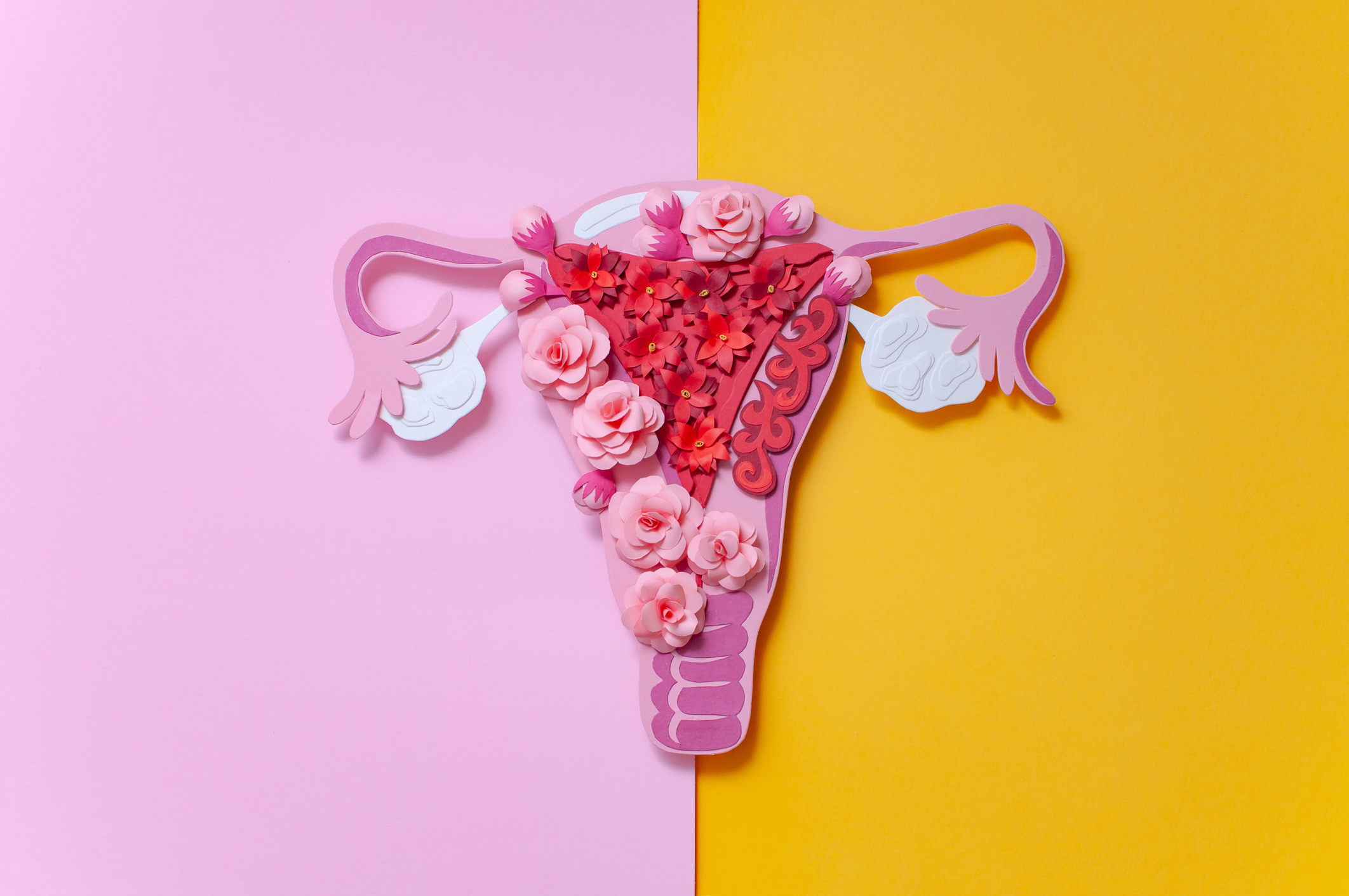Considering the complementarity of mammography and breast MRI, the research of feature fusion diagnosis based on cross-modality images was explored to improve the accuracy of the breast cancer diagnosis. 201 patients with both mammography and breast MRI were collected retrospectively, including 117 cases of benign lesions and 84 cases of malignant ones. Two feature optimization strategies of sequential floating forward selection (SFFS), SFFS-1 and SFFS-2, were defined based on the sequential floating forward selection method. Each strategy was used to analyze the diagnostic performance of single-modality images and then to study the feature fusion diagnosis of cross-modality images. Three feature fusion ways were compared: optimizing MRI features and then fusing those of mammography; optimizing mammography features and then fusing those of MRI; selecting the effective features from the whole feature set (mammography and MRI). Support vector machine, Naive Bayes, and K-nearest neighbor were employed as the classifiers and were finally integrated to get better performance. The average accuracy and area under ROC curve (AUC) of MRI (88.56%, 0.9 for SFFS-1, 88.39%, 0.89 for SFFS-2) were better than mammography (84.25%, 0.84 for SFFS-1, 80.43%, 0.80 for SFFS-2). Furthermore, compared with a single modality, the average accuracy and AUC of cross-modality feature fusion can improve from 85.40% and 0.86 to 89.66% and 0.91. Classifier integration improved the accuracy and AUC from 90.49%, 0.92 to 92.37%, and 0.97. Cross-modality image feature fusion can achieve better diagnosis performance than a single modality. Feature selection strategy SFFS-1 has better efficiency than SFFS-2. Classifier integration can further improve diagnostic accuracy.© 2021 Institute of Physics and Engineering in Medicine.
Cross-modality image feature fusion diagnosis in breast cancer.


